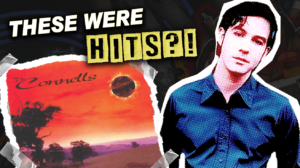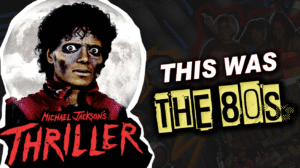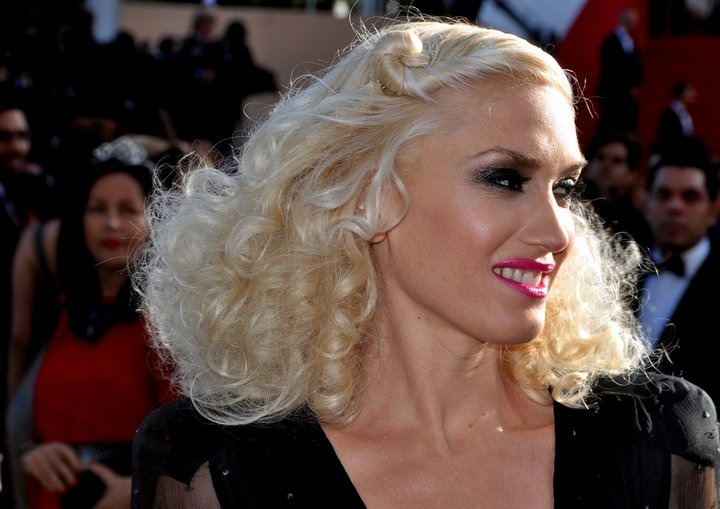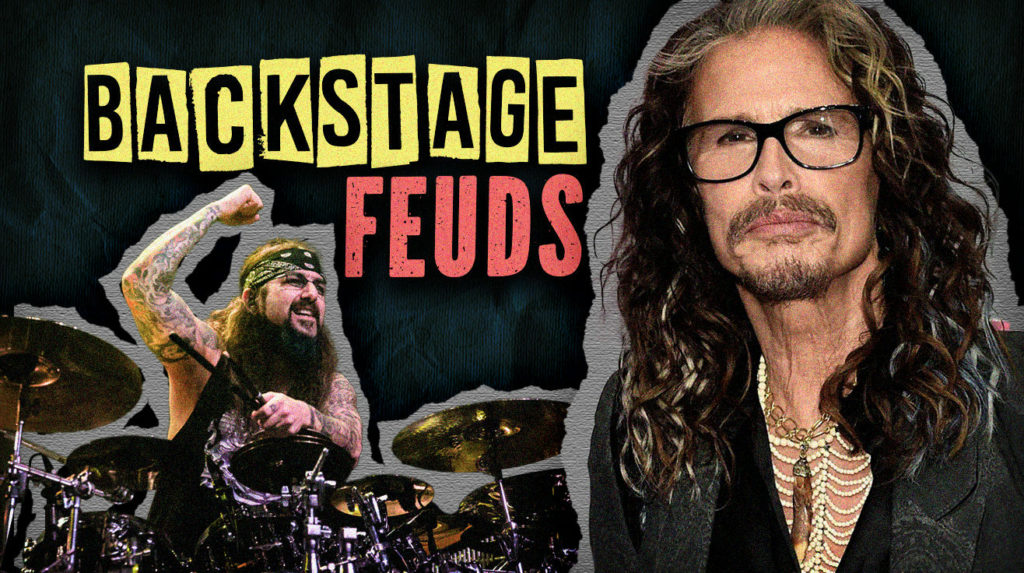
Band chemistry isn’t just about harmonies and tight rhythms—it’s about human friction igniting creativity. Some of music’s greatest moments emerged from ego clashes, substance battles, and creative combustion. These band breakups and rock feuds prove that genius and chaos dance together, creating legendary music while threatening to destroy the very artists who make it. Here’s how conflict became the secret ingredient in rock’s most unforgettable songs.
18. The Eagles (Randy Meisner)

Health issues and vocal strain made “Take It to the Limit’s” high notes impossible, but ego clashes with Glenn Frey sealed Meisner’s fate through rock feuds. The 1977 backstage fight ended one of rock’s most successful partnerships. Moments like Meisner’s dramatic exit highlight how high tensions and personal struggles on stage can erupt unexpectedly, rivaling some of the wildest onstage meltdowns in music.
His departure marked the Eagles’ transformation from collaborative country-rock to corporate entertainment machine. Some prices are too high, even for unlimited success through band breakups.
17. Pink Floyd (Roger Waters)

Creative control battles tore apart progressive rock’s most ambitious project when Waters’ conceptual dominance alienated his bandmates through legendary rock feuds. “The Wall” became his artistic peak and interpersonal nadir simultaneously.
The decades-long feud between Waters and David Gilmour fascinates fans who choose sides like political parties. Can visionary art survive democratic collaboration, or does genius demand dictatorship in band breakups?
16. The Libertines (Pete Doherty)

Literary punk met self-destruction when Doherty’s substance abuse threatened everything the band had built through music industry drama. Burgling Carl Barât’s flat epitomized their toxic dynamic. Multiple reunions couldn’t erase the damage addiction inflicted.
Their 2024 album proves that talent can transcend chaos, but scars remain permanent. The Libertines embody rock’s eternal question: Can art justify personal destruction?
15. Creed (Scott Stapp)

Post-grunge anthems couldn’t mask Stapp’s demons as substance abuse turned stadium shows into embarrassing spectacles through rock feuds. Multiple hiatuses punctuated their diamond-selling success. Recent reconciliation efforts suggest redemption remains possible.
Stapp’s struggles remind us that even multi-platinum success can’t cure internal pain. Sometimes, the most broken artists create the most cathartic music for equally broken listeners.
14. Dream Theater (Mike Portnoy)

Progressive metal’s most dramatic departure happened when Mike Portnoy burned out and bailed in 2010, triggering a decade-long rift. The band “ghosted” their founding drummer, leaving fans split between loyalty camps. His technical mastery had driven every intricate composition for decades.
When Portnoy returned in 2023, the collective sigh of relief proved irreplaceable chemistry. Some wounds heal—others just prove that replacing foundational members is impossible, no matter how skilled the replacement.
13. Guns N’ Roses (Steven Adler)

“Appetite for Destruction“ swings because of Steven Adler’s groove-driven backbone, but substance abuse devoured his talent faster than fame could protect it. His 2012 Hall of Fame induction felt like mourning what could have been through music industry drama.
Adler’s partial recovery offers hope amid rock’s cautionary tales. Sometimes the brightest flames burn out fastest, but they can still reignite if given enough oxygen and time.
12. Pearl Jam (Dave Abruzzese)

Ideological warfare tore Pearl Jam apart when Dave Abruzzese clashed with the band’s anti-corporate stance, proving band breakups aren’t always about music. His aggressive drumming powered “Vs.” and “Vitalogy,” but opposing the Ticketmaster boycott sealed his fate in 1994.
Talent couldn’t overcome philosophical differences. Pearl Jam chose principles over personnel, proving that shared values sometimes matter more than musical chemistry. The grunge gods learned that beliefs beat backbeats.
11. Blink-182 (Tom DeLonge)
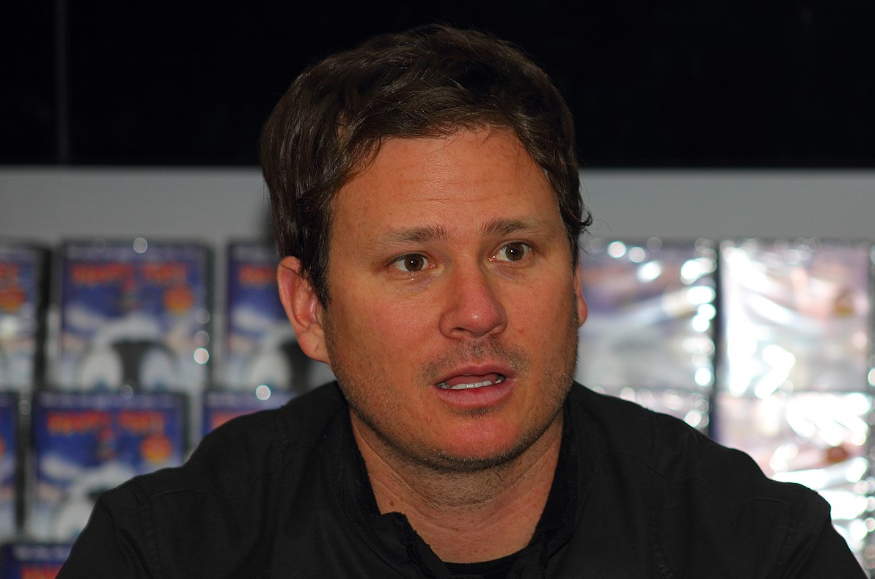
Pop-punk’s kings of immaturity learned that friendship has limits when Tom DeLonge’s UFO obsession and Angels & Airwaves side project created insurmountable tension. Multiple departures and reunions became their defining pattern through band breakups.
The 2022 reunion felt inevitable—some bonds survive everything. Blink-182 proved that growing up doesn’t mean growing apart, especially when nostalgia pays the bills after rock feuds.
10. Nirvana (Chad Channing)
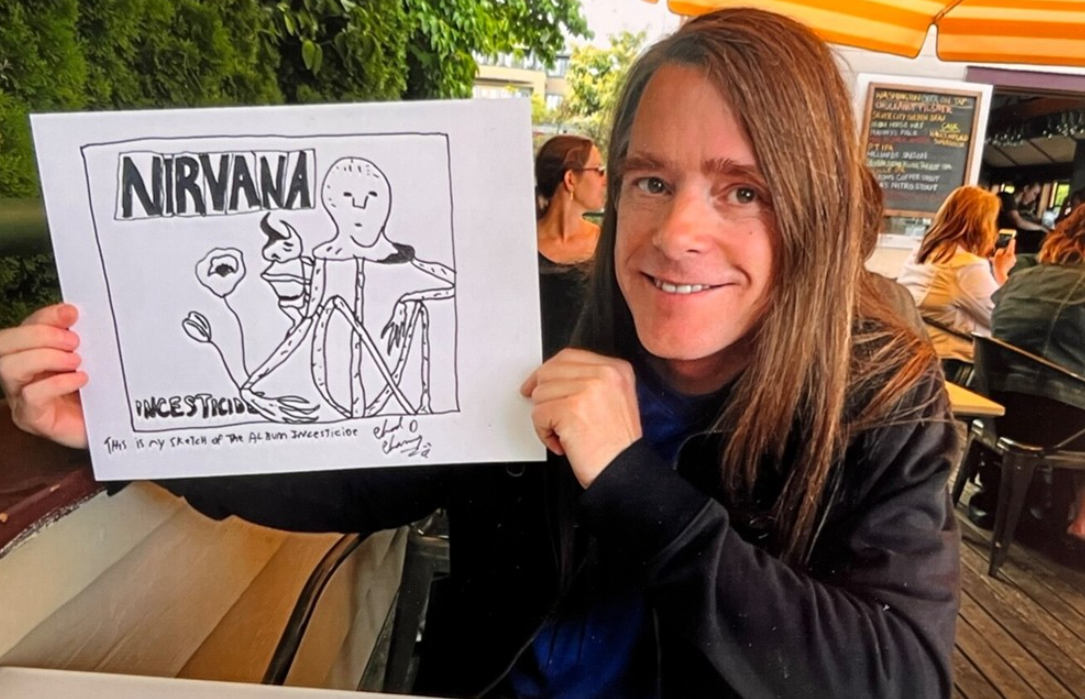
“Bleach” showcased Chad Channing’s straightforward power, but Kurt Cobain and Krist Novoselic’s evolving vision demanded Dave Grohl’s versatility through inevitable band breakups. His 1990 departure preceded Nirvana’s stratospheric rise. Timing is everything in rock and roll.
Channing’s legacy endures among grunge purists who prefer “Bleach’s” raw intensity. Sometimes being part of the foundation matters more than reaching the penthouse through music industry drama.
9. The Kinks (Mick Avory)
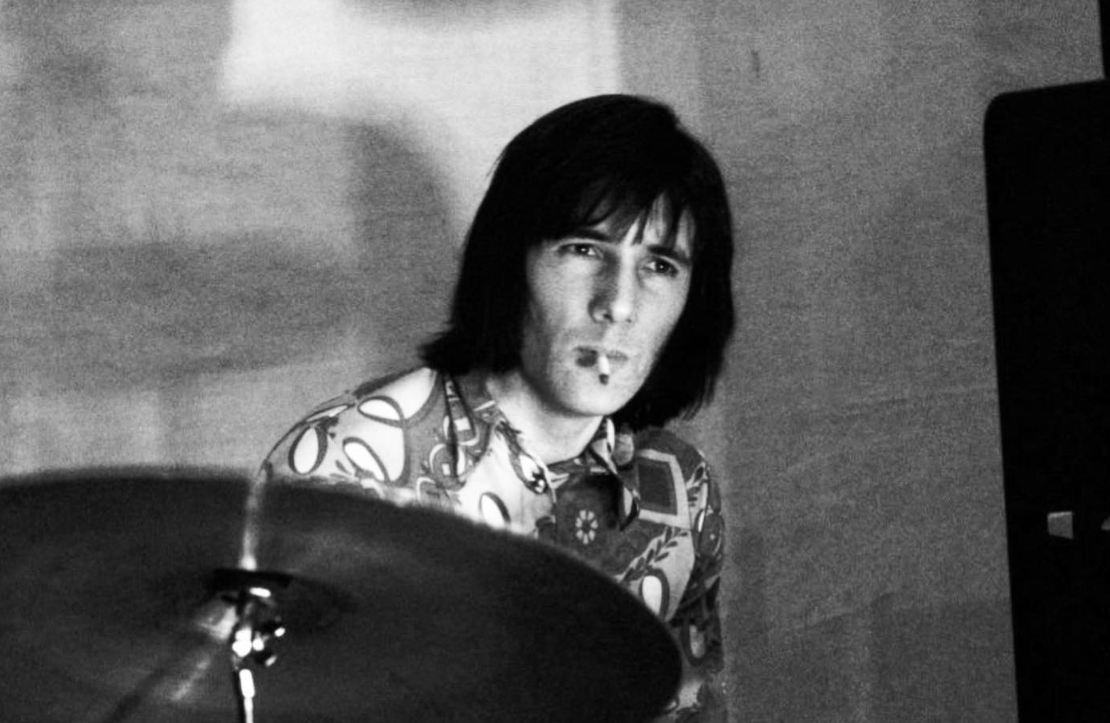
Twenty years of violence culminated when Mick Avory knocked Dave Davies unconscious with a cymbal stand—rock feuds at their most literal. Their British Invasion success was built on onstage warfare and backstage brawls. Chaos fueled their proto-punk energy.
Avory survived two decades of dysfunction before exhaustion claimed victory. The Kinks proved that passion and conflict can coexist, but eventually, someone always breaks first in these band breakups.
8. Oasis (Tony McCarroll)
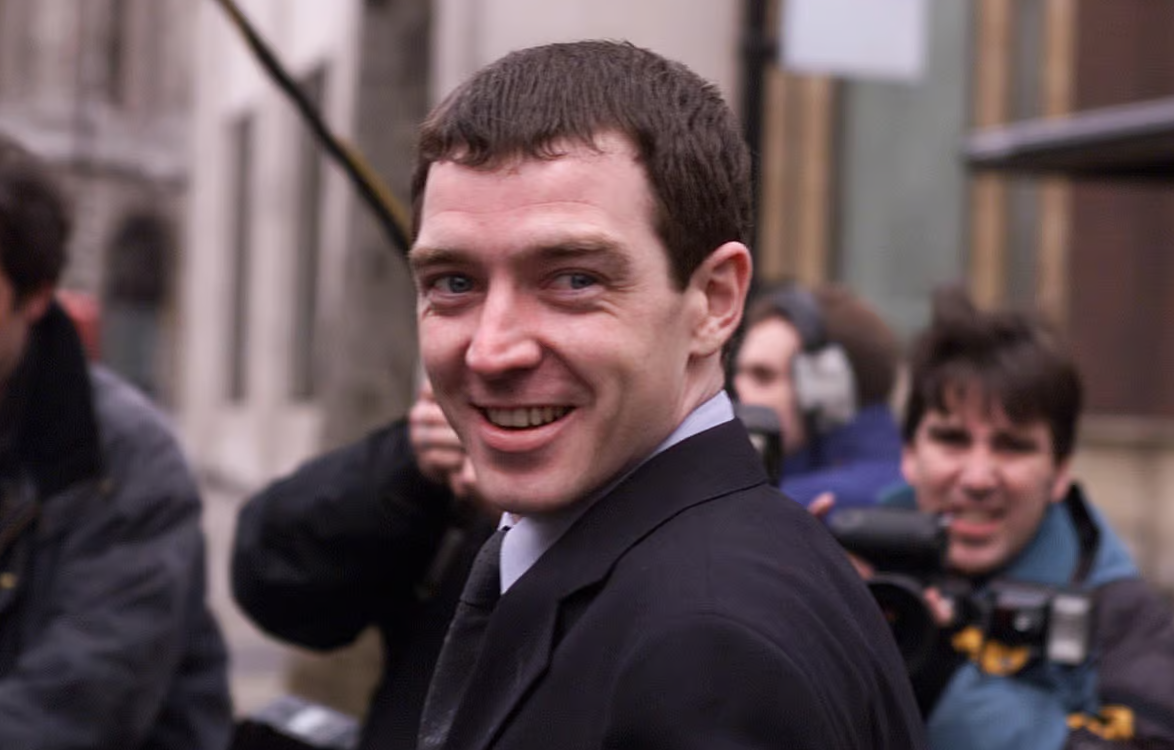
Britpop’s biggest egos devoured their original drummer when success bred contempt through classic rock feuds. Tony McCarroll’s straightforward style defined “Definitely Maybe,” but Noel Gallagher’s ambitions demanded technical evolution. His lawsuit seeking £18 million was settled for £550,000, exposing wounded pride beneath the swagger.
His departure marked Oasis’s transformation from scrappy underdogs to polished superstars. Sometimes, growth requires leaving people behind, even when they helped build the foundation that made growth possible.
7. The Beatles (Pete Best)

Rock’s most famous firing remains its cruelest lesson about timing and chemistry in music industry drama. Pete Best’s“moody” presence couldn’t match the musical versatility John Lennon, Paul McCartney, and producer George Martin demanded. Liverpool eventually named a street after him—a small consolation for missing history.
His story haunts every musician. Skill matters, but chemistry determines destiny. The Beatles proved that sometimes being almost good enough feels worse than never getting close.
6. Sex Pistols (Sid Vicious)

Punk’s most destructive poster boy replaced Glen Matlock’s musicianship with pure nihilistic energy in classic band feuds. Sid Vicious barely played on “Never Mind the Bollocks,” but his image defined punk’s aesthetic forever.
His 1979 overdose symbolized punk’s self-destructive trajectory. Sometimes, the most influential artists contribute attitude over ability and pay the ultimate price for authenticity through music industry drama.
5. Fleetwood Mac (Mick Fleetwood/Lindsey Buckingham)
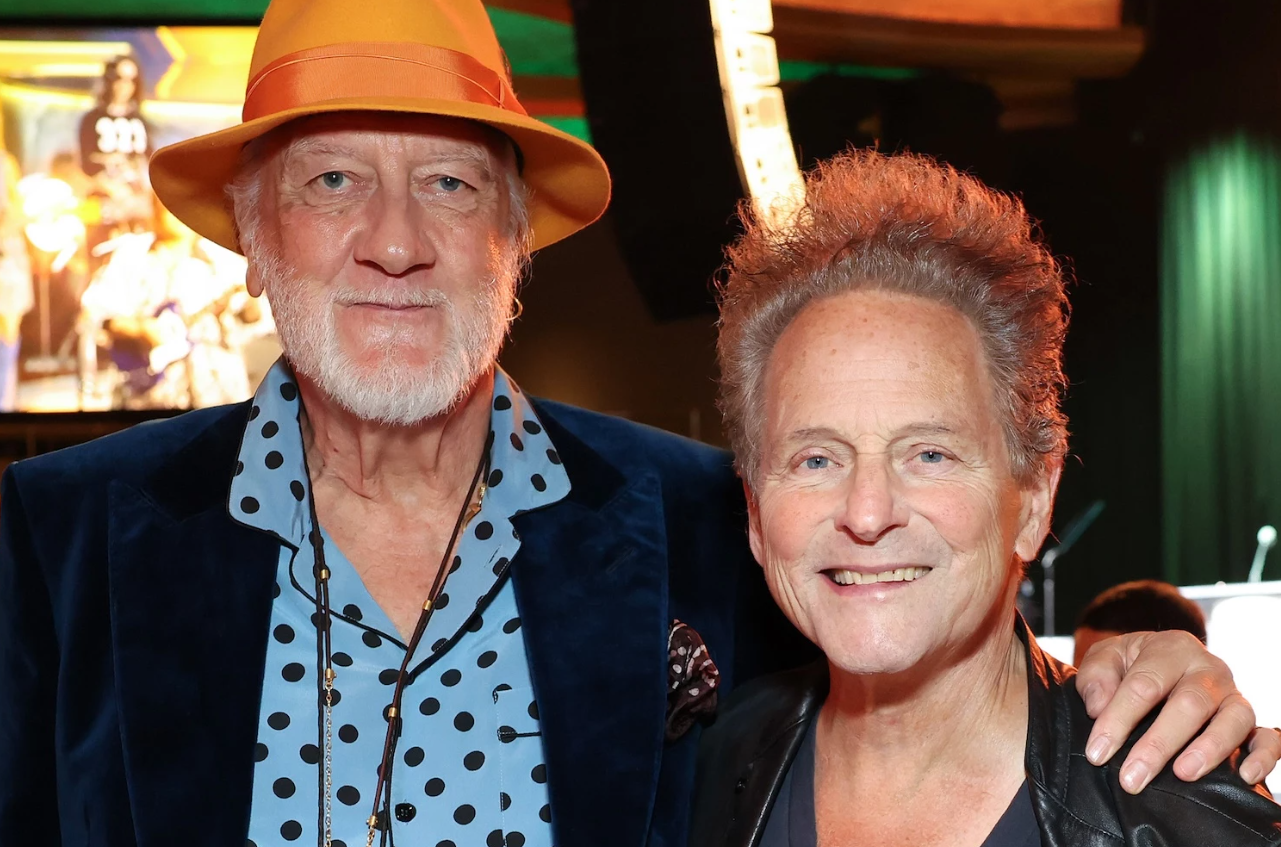
“Rumours” remains the ultimate proof that personal chaos creates musical gold through band feuds and creative differences. Affairs, breakups, and betrayals turned recording sessions into therapy sessions. Lindsey Buckingham’s innovative guitar work and Mick Fleetwood’s steady rhythms anchored songs born from heartbreak.
Multiple firings and reconciliations became their signature dance. Fans decode lyrical subtext like archaeologists, knowing every harmony carries emotional shrapnel. Sometimes the best art emerges from the worst relationships.
4. Lars Ulrich (Metallica)
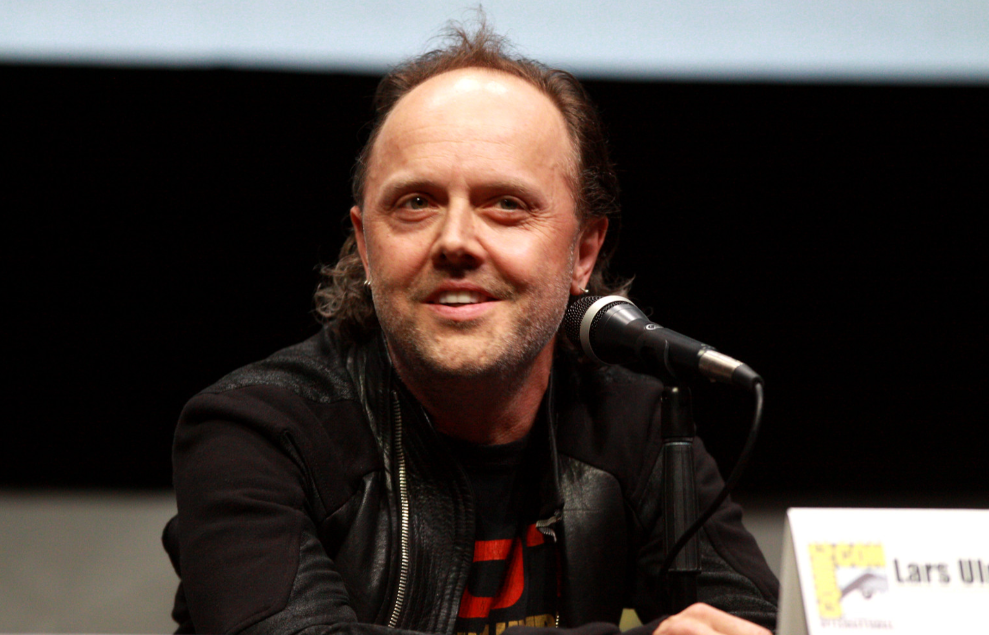
Metal’s most polarizing drummer survived decades of criticism through sheer determination and business acumen despite band feuds. “St. Anger’s” trash-can drums divided fans, while “Some Kind of Monster” exposed every crack in Metallica’s foundation.
Lars Ulrich proves that technical perfection matters less than drive and vision. Metallica’s continued dominance suggests that passion trumps precision when building musical empires that last decades.
3. Black Sabbath (Bill Ward)

Metal’s founding fathers wrote the blueprint for internal combustion, yet Bill Ward’s jazz-influenced drumming helped birth heavy metal before pranks, health crises, and contract battles consumed the brotherhood. His 2012 exclusion from Sabbath’s final reunion left fans chanting “No Bill Ward, No Sabbath.”
The absence echoes through every song. Ward’s unique swing gave Black Sabbath their groove—something the reunion desperately missed. Even genre-defining bands can’t survive when core chemistry disappears.
2. Panic! at the Disco (Brendon Urie)

Creative differences transformed a collaborative emo quartet into Brendon Urie’s solo vehicle through inevitable band breakups. Ryan Ross and Jon Walker’s 2009 departure marked the end of Panic!’s democratic era. Genre-blending evolution came at the cost of original chemistry.
The 2023 breakup marked the end of an era for a band that had already shed its original identity. Modern music’s identity crisis: Can bands survive as brands when all the original members disappear?
1. Aerosmith (Steven Tyler vs. Joe Perry)

The “Toxic Twins” wrote the manual for rock star dysfunction, turning substance abuse and ego warfare into multi-platinum anthems through the ultimate band feuds. Joe Perry’s 1979 departure nearly killed America’s greatest rock band.
Their reconciliation proved that sometimes conflict creates chemistry worth preserving. Aerosmith’s five-decade survival suggests that the best partnerships require periodic separation to appreciate what they have together through music industry drama.




